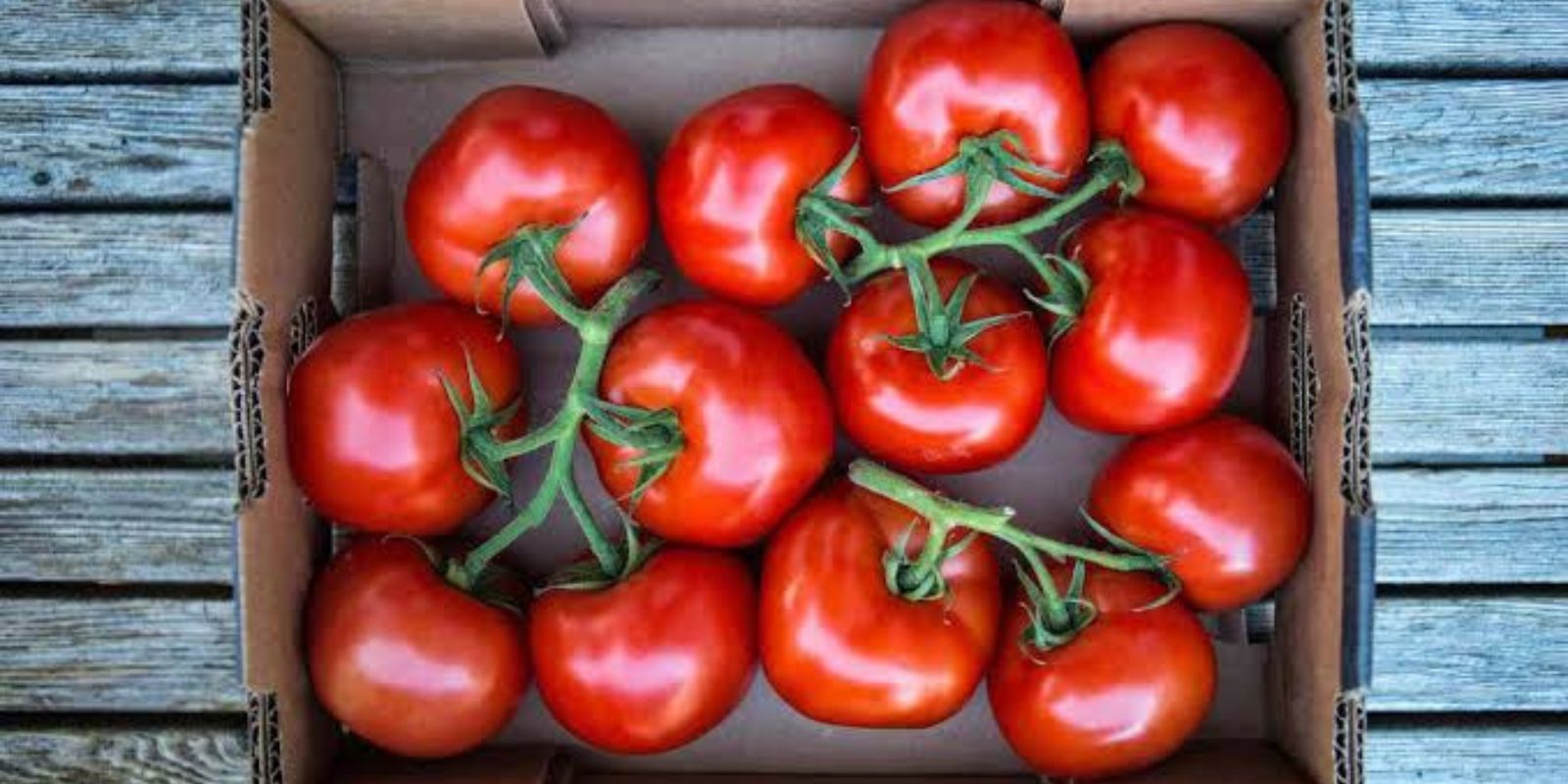Tomatoes are a cornerstone of countless recipes, from sauces and soups to salads and garnishes. However, their shelf life is limited, leaving many gardeners and home cooks scrambling to use or preserve their abundance before spoilage occurs. Enter an ancient preservation method that has stood the test of time, allowing you to store tomatoes for years while maintaining their flavor, nutrients, and usability.
In this article, we’ll dive into the details of this age-old technique, step-by-step instructions, and why it’s a game-changer for food storage.
Why Preserve Tomatoes?
Tomatoes are rich in vitamins, antioxidants, and natural flavors. Their peak season brings a bounty, but their short lifespan can lead to food waste if not used quickly. This preservation method:
- Extends the shelf life of tomatoes.
- Locks in their fresh flavor and nutritional value.
- Allows for year-round use without relying on store-bought options.
- Saves money and reduces waste.
The Secret Ancient Method
The method involves drying tomatoes and storing them in olive oil, a technique used for centuries in Mediterranean and Middle Eastern cultures. This process not only preserves the tomatoes but also infuses the oil with rich tomato and herb flavors. Here’s how to do it:
Step-by-Step Guide to Preserve Fresh Tomatoes for Years
1. Select the Best Tomatoes
- Choose ripe, firm, and blemish-free tomatoes.
- Plum tomatoes like Roma are ideal due to their lower water content, but any variety will work.
2. Blanch and Peel
- Bring a pot of water to a boil.
- Place tomatoes in boiling water for 30–60 seconds, then transfer them to ice water.
- Peel off the skins, which will loosen during the blanching process.
3. Slice and Prepare
- Slice tomatoes into uniform pieces for even drying. Halves or thick slices work best.
- Remove seeds if desired, though this step is optional.
4. Dry the Tomatoes
There are two primary ways to dry tomatoes:
- Sun-Drying:
- Place tomato slices on a mesh rack or tray.
- Sprinkle with salt to draw out moisture.
- Cover with a mesh screen to protect from insects.
- Leave them in direct sunlight for several days, turning occasionally, until fully dehydrated.
- Using a Dehydrator:
- Arrange tomato slices on dehydrator trays.
- Set the temperature to 125°F (52°C).
- Dry for 6–12 hours or until leathery but pliable.
- Oven Drying (Alternative):
- Preheat your oven to its lowest setting, usually around 150°F (65°C).
- Place tomato slices on a baking sheet lined with parchment paper.
- Dry for 6–10 hours, checking regularly to avoid over-drying.
5. Store in Olive Oil
Once the tomatoes are completely dried:
- Sterilize Jars:
- Wash and sterilize glass jars by boiling them in water for 10 minutes.
- Allow them to air dry completely.
- Layer the Tomatoes:
- Place dried tomato slices into the jar in layers.
- Add fresh herbs like basil, oregano, or rosemary, and even garlic cloves for additional flavor.
- Cover with Olive Oil:
- Pour high-quality extra virgin olive oil over the tomatoes, ensuring they are fully submerged.
- Tap the jar gently to release any air bubbles.
- Seal Tightly:
- Close the jar with a tight-fitting lid.
6. Storage
- Store the jars in a cool, dark place, such as a pantry or cellar.
- The preserved tomatoes can last for up to a year or more if stored properly.
Benefits of This Preservation Method
- Flavor Enhancement:
The olive oil not only preserves the tomatoes but also absorbs their essence, creating a rich, tomato-infused oil that can be used in cooking, salad dressings, or drizzling over bread. - Versatility:
These preserved tomatoes can be used in various recipes, including pastas, pizzas, sandwiches, or as a standalone snack. - Sustainability:
Reducing food waste by preserving surplus tomatoes is an eco-friendly practice that aligns with sustainable living principles. - Cost-Effective:
Buying fresh tomatoes out of season can be expensive. This method ensures a steady supply year-round at no additional cost.
Pro Tips for Perfect Results
- Ensure Complete Drying:
Tomatoes that aren’t fully dehydrated may spoil. Aim for a leathery texture without moisture. - Choose the Right Oil:
Extra virgin olive oil is preferred for its flavor and preservation properties, but other oils like sunflower or grapeseed can be used. - Monitor for Air Bubbles:
Air pockets can lead to spoilage. Always tap the jar to release bubbles before sealing. - Keep It Cool:
Heat can cause the oil to go rancid. Store in a cool, dark location for best results.
Common Questions About Preserving Tomatoes
Q: Can I use flavored oils for preservation?
A: Yes, but ensure the oil is food-safe and that it complements the flavor of the tomatoes.
Q: How do I know if the preserved tomatoes have spoiled?
A: If you notice an off smell, mold, or discoloration, discard the jar immediately.
Q: Can I skip the drying step and store fresh tomatoes in oil?
A: No. Fresh tomatoes have high water content, which can lead to spoilage and bacterial growth.
Why This Method Stands Out
This ancient preservation technique has been used for generations, thanks to its simplicity and effectiveness. Unlike freezing or canning, it doesn’t require specialized equipment, and the results are versatile, flavorful, and long-lasting.
Conclusion
Preserving fresh tomatoes using this ancient method is a transformative practice for any home gardener or culinary enthusiast. Not only does it reduce waste and save money, but it also adds a touch of tradition to your kitchen. With a little effort and patience, you can enjoy the rich taste of sun-ripened tomatoes all year long.
Try this method today and let us know how it works for you! What’s your favorite way to preserve tomatoes? Share in the comments below! 💬🍅

